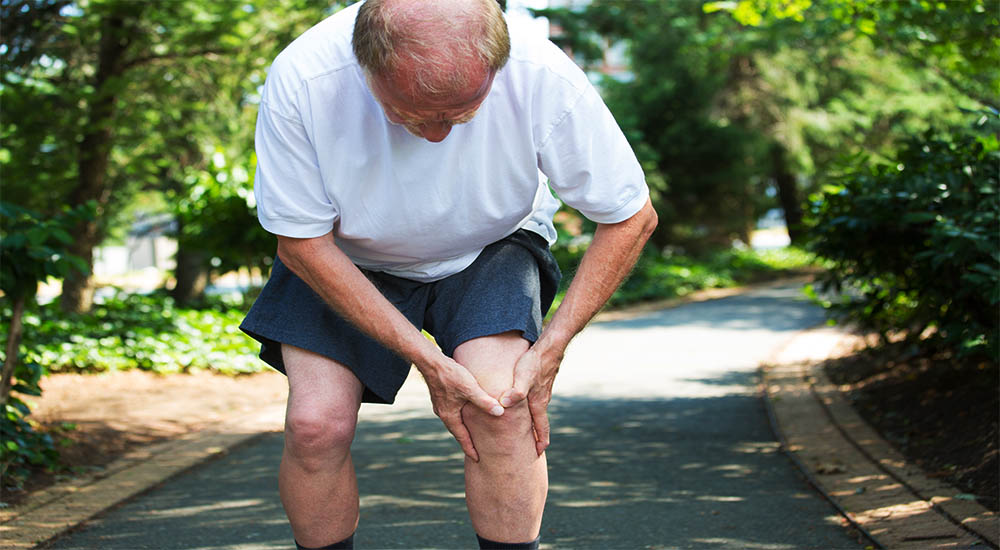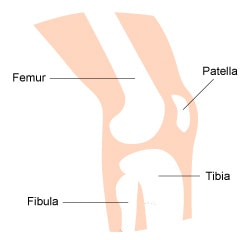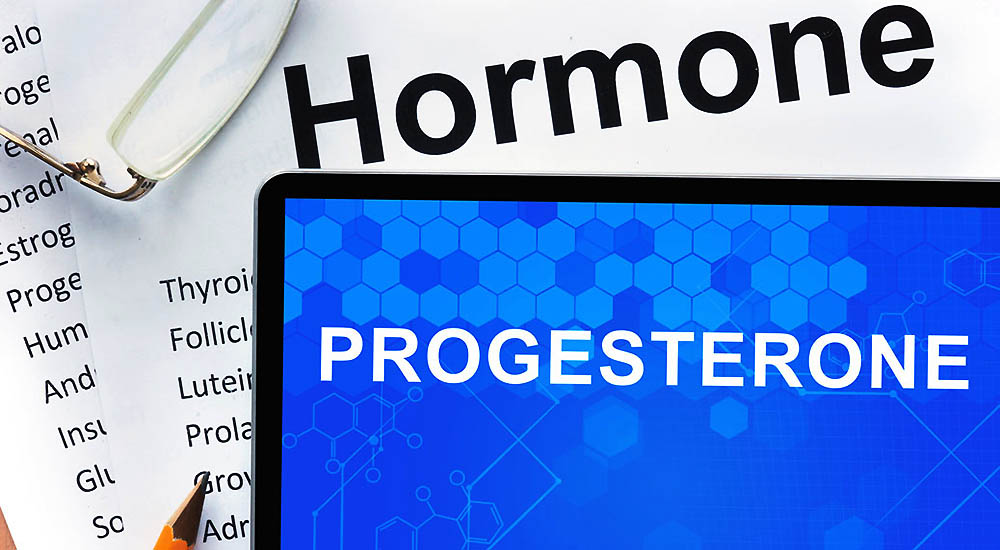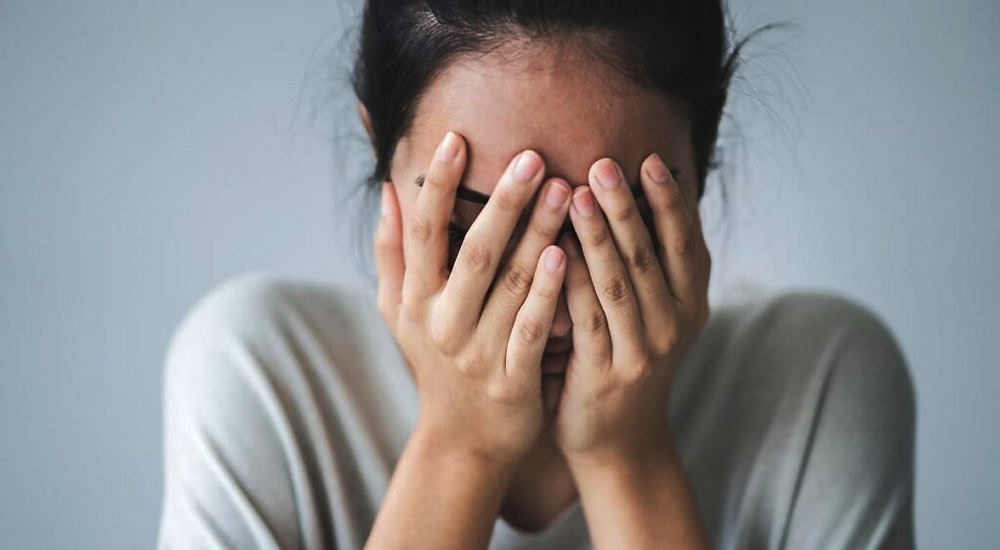Knee Pain: How to Get Relief

The knee is one of the largest and most complex joints in the body. Knee pain has a wide variety of specific causes and treatments. The knee actually consists of three joints in one:
1) one between the knee cap (“patella”) and the lower end of the thigh bone (“femur”)
2) one between the thigh bone (“femur”) and the leg bone (“tibia”)
3) one between the 2 leg bones (collectively known as the “tibiofibular joint”)
The knee joint’s main function is to bend, straighten, and bear the weight of the body along with the ankles and hips. Here are some common knee problems are seen in our patients, followed by some suggested treatments.
1. Swelling: Swelling in the knee is more common than you think, and may be associated with a recent injury or it could have a gradual onset. The swelling can be within the knee or around the knee.
Determining the treatment of the swollen knee depends on what caused the problem.
2. Acute knee injuries: Acute knee injuries are sudden, sharp, traumatic injuries that occur immediately (or within hours) and cause pain (possibly severe pain).
Most often, acute injuries result from some sort of impact or trauma such as a fall, sprain, or collision—and it’s pretty obvious what caused the injury. Symptoms may appear as pain, tenderness, redness, skin that is warm to the touch, swelling, and inflammation.
3. Chronic knee injury: A chronic knee injury, on the other hand, can be subtle and slow to develop. It sometimes comes and goes, and may cause dull pain or soreness.
Knee arthritis is a common chronic knee problem. This is often the result of overuse, but can sometimes develop when an acute injury is not properly treated and therefore doesn’t heal.
So what can you do about it?
Ice vs. Heat:
Ice: Cold therapy with ice is the best immediate treatment for acute knee injuries because it reduces swelling and pain.
Ice causes the blood vessels to narrow, and thus limits internal bleeding at the injury site. It is also helpful in treating some overuse injuries or chronic pain in athletes. An athlete who has chronic knee pain that increases after running may want to ice the injured area after each run to reduce or prevent inflammation.
Heat: Heat is generally used for chronic injuries or injuries that have no inflammation or swelling. It is ideal for sore, stiff, nagging muscle, or joint pain. Athletes with chronic pain or injuries may use heat therapy before exercise to increase the elasticity of joint connective tissues and to stimulate blood flow. Heat can also help relax tight muscles or muscle spasms.
DO NOT apply heat after exercise. After a workout, ice is the better choice for a chronic injury.
Keep Those Knees Lubricated
Synovial fluid is found within the knee capsule and provides a slippery weight-bearing film that reduces friction between the cartilages. Without this lubricant, rubbing would wear away the joint surfaces and excessive friction could overheat and destroy cartilage surrounding the knee, essentially “cooking” them until there is nothing left.
When you’re resting and not moving the knee, cartilage absorbs nourishment from the surrounding synovial fluid. The knee also releases waste into the joint fluid. The synovial fluid is constantly being replaced, providing more nutrients, and removing wastes.
However, the exchange of these fluids is slow when the body is at rest for long periods of time. So, repetitive exercises like cycling, walking, etc. help speed the exchange of used fluid in cartilage with nutrient-rich synovial fluid.
The Right Shoes Can Ease Knee Pain
Boots, sandals, pumps, sneakers, loafers… when it comes to shoes, the options are dizzying. What you wear on your feet can affect your knees, so it pays to know which footwear may lessen pain and protect your knee joints. These tips can help you choose the right shoes.
Your feet change with age, and so should your shoe choices. The foot muscles get weaker and the foot joints lose stability. Flexibility decreases, and heels lose some of their fatty paddings. Shoe size may even go up as the feet spread, thanks to the effects of weight and gravity.
Add in problems like bunions and arthritis, and wearing comfortable well-fitting shoes becomes more important than ever. Choose shoes with a flexible rubber sole for cushioning. A square or rounded toe box is best, as it gives your toes room to move. Avoid mules and open-backed clogs, which do not provide back support. And high heels? They place tremendous stress on the knees and lead to posture problems. Wear low heels (2 inches or less) only when you must, and switch back to flats as soon as you can.
Strong Knees Mean Strong Hips!
Strengthening and balancing the muscles that surround the knee can take the pressure off the joint and decrease the amount of total weight absorbed by the ligaments, meniscus, and cartilage in the knee.
If the muscles that support the hip joint (quadriceps, hip flexors, glutes, hamstrings, and even the core muscles) are strong and allow appropriate mobility, the amount of pressure and wear and tear on the hip and knee joint decreases.
Work on Balance to Keep Your Knee Joints Pain Free
The knee joint has small little cells that help us balance and maintain awareness in movement. It prevents us from falling and tripping.
These simple exercises can help improve balance:
Step-Ups – Stand upright in front of a staircase, holding the railing or banister for support. Slowly step up onto the first step with your left foot, raising your right foot off the ground, until your left leg is extended.
Hold in this position for a few seconds and lower yourself back down, keeping your left foot on the step. Repeat ten times, and switch legs.
Ups and Downs – Sit in a firm, armless chair with your arms at your sides or out in front of you, whichever best helps with balance. Slowly stand up off the chair with controlled movement, feeling all of your leg muscles engage until you reach your full height.
Hold the standing position for a few seconds, then slowly sit down again, using the same technique as before. If this exercise is too difficult at first, place padding or cushion on the seat to bring the height of the chair up. Also, check your knees. They should never move forward beyond your toes when going up and down.
Single-Leg Stands – Stand close to the wall or the staircase, then slowly lift one leg off the ground and balance on the planted foot. Stand in that position until a count of 5, and then alternate with the other foot. Try to stand without holding on to any support structure. I hope you find this information useful.
Do you need help with your health?
We have the diagnostic and testing tools, the clinical experience, and a different medical approach to discovering the root cause of why you have the symptoms that are bothering you. As long as you are ready to make some dietary and lifestyle changes, we can help you. We will "hold your hand" through the changes, step by step, to make each step an easy one. We are located in Clearwater, FL, at 1000 S Ft Harrison, at the corner of Ft. Harrison Ave. and Magnolia St. There is plenty of parking space directly accessible from Ft Harrison. If it is not convenient for you to come to Root Cause Medical Clinic, we offer telehealth/telemedicine consultations to residents of certain states. Call us for details.
Contact us for a Consultation – Call 727-335-0400
Ask a Doctor
Have a health concern you'd like to speak with a doctor about? Or just want clarity on a subject? Ask Us!
Featured Articles
Popular Stories

Dr. Rupa Chakravarty DPT, OCS
Director of Physical Therapy at Root Cause Medical
Doctor of Physical Therapy, Orthopedic Certified Specialist
Dr. Chakravarty has numerous certifications for different techniques in Physical Therapy practice. She employs an extensive array of manual as well as exercise techniques to manage her patients’ symptoms during their course of therapy.




